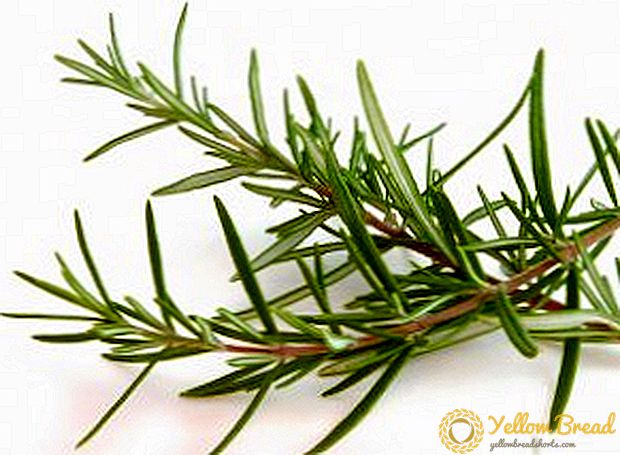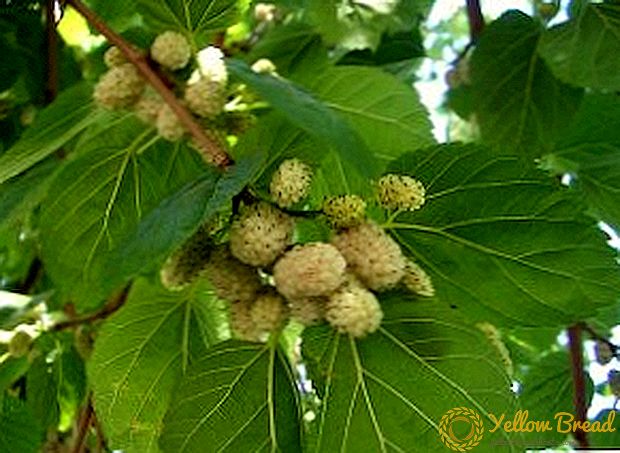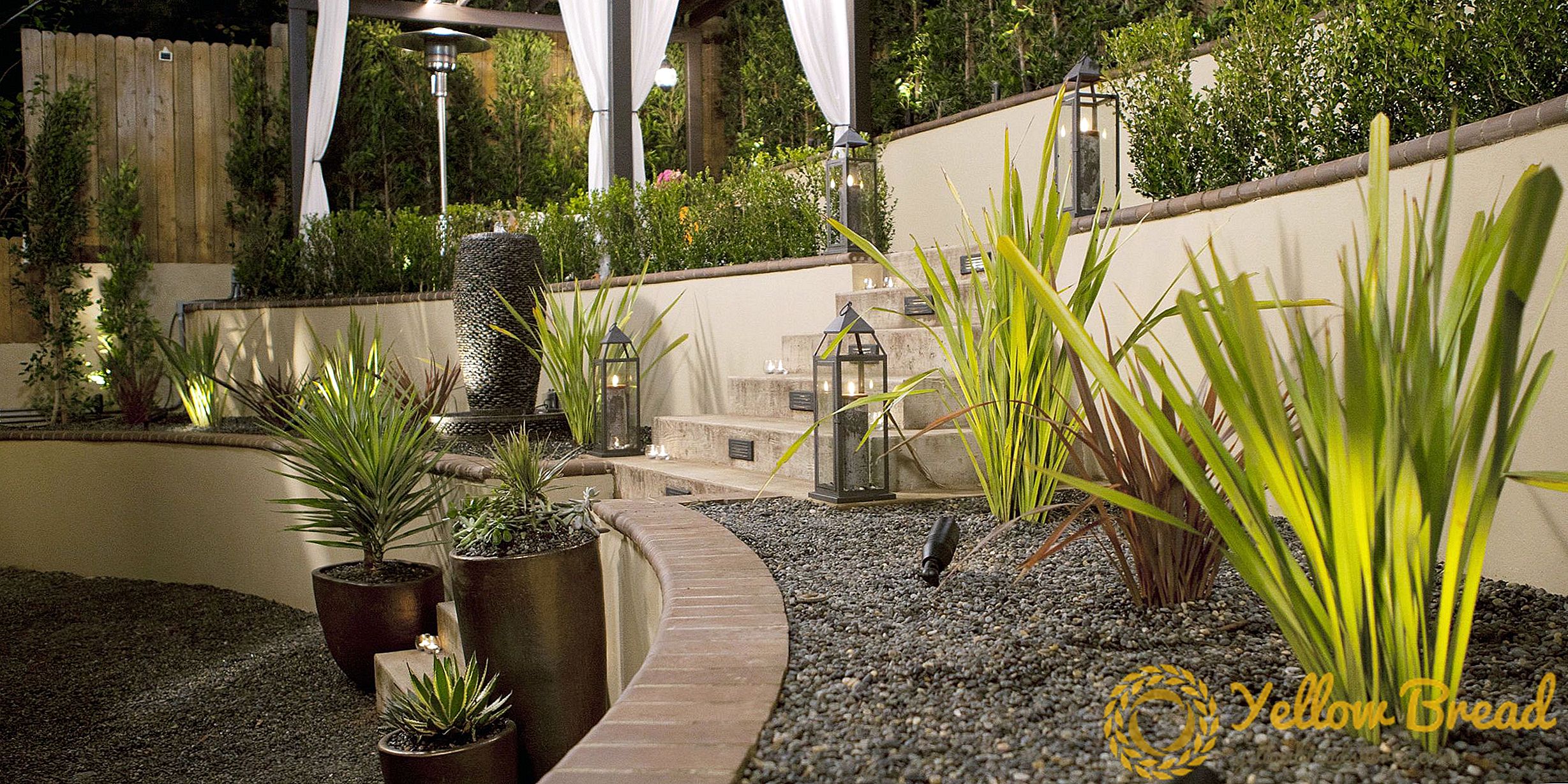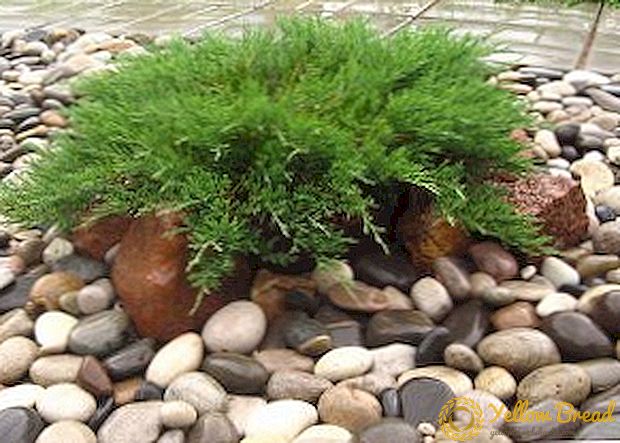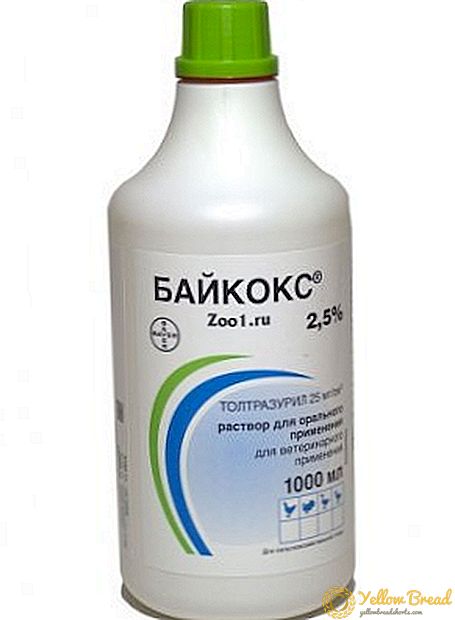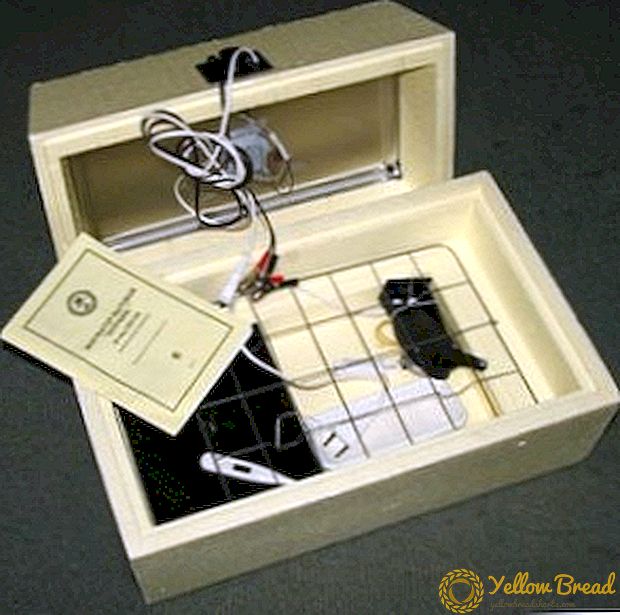 It is difficult for a modern farmer involved in breeding birds to do without such a miracle machine as an incubator.
It is difficult for a modern farmer involved in breeding birds to do without such a miracle machine as an incubator.
The incubator is an affordable and reliable machine that allows you to grow the number of young stock on which you expect, regardless of the season.
On the modern market there are a large number of models, different in capacity, functionality and price.
- Description of the model, equipment
- Specifications
- Terms of use
- Incubator Preparation
- Incubation
- Advantages and disadvantages of Cinderella incubators
- Storage conditions
- Possible faults and their elimination
Description of the model, equipment
Incubator "Cinderella" is a universal machine, as it received high marks from both experienced farmers and novice poultry farmers. This device is produced in Novosibirsk, "OLSA-Service" company developer and performer in one person produce 12 types of models for hatching chicken and other eggs. The device operates from the mains in 220V, from the battery in 12V, in case of emergency situations - it is possible to maintain the required temperature using hot water.Hot water is poured into a container specially designed for such cases every 3-4 hours, so without the presence of electrical energy, the device can work up to 10 hours.
The incubator is made of dense polystyrene foam, which is known for its insulating properties. The heater, built into the cover, is distributed over its entire area, which ensures uniform temperature distribution throughout the incubator. The interior of the device is heated with special metal shades.

The package includes:
- incubator;
- swivel device;
- Digital Thermometer;
- a tube by which water is drained from the heaters;
- two grids of the rotator;
- six plastic grids;
- nine coasters under the grid;
- four trays for water.
Specifications
At the moment, three kinds of devices are produced according to the method of turning eggs:
- apparatus with a manual egg roll. The budget model, which usually start amateur breeders. In such a device, the eggs are turned every four hours;
- apparatus with a mechanical egg roll. In this device, the egg flip occurs on its own, according to a predetermined time interval, but the process must be controlled, for a uniform flip of the eggs;
- the device with an automatic egg flip. The grilles in such a device turn over independently after a predetermined length of time; there is no need to control them.

The models of the Cinderella incubators differ in the number of eggs they contain:
- laying on 28 eggs is the smallest, simplest and cheapest version of the incubator. Eggs turn the farmer himself in manual mode. The device is designed for beginner poultry farmers;
- incubator "Cinderella" on 70 eggs with an automatic coup, working from a 12V battery from the 220V network, is described in detail in the video. This model is considered simple and reliable in work. The turning device works in the automatic mode.Used for hatching young chickens, ducks and geese.
- incubator "Cinderella" on 98 eggs with an automatic coup, working from a battery in 12V from the mains in 220V, discussed in detail in the video. Very convenient and reliable device designed to display such birds as: chickens, ducks, geese, turkeys, quail. The device with automatic turning of the eggs. Minimum temperature error.
- light weight - about 4 kg;
- grids go for chicken and goose eggs, custom-sized grids are purchased separately (for quails);
- approximate dimensions of the device are 885 * 550 * 275 mm, vary depending on the model;
- economical power consumption - about 30 watts;
- power supply - 220V;
- the presence of three built-in electric heaters, each poured into one liter of water.
 Detailed characteristics of the incubator "Cinderella" can be found in the instruction manual, which is attached with the device.
Detailed characteristics of the incubator "Cinderella" can be found in the instruction manual, which is attached with the device.Terms of use
When buying, be sure to check the equipment of the incubator.At home, you need to assemble the device, prepare it for work and test the readings that show the measuring devices, special attention should be paid to temperature indicators. Check with a thermometer you trust.
Household incubator "Cinderella" according to the instructions should be placed in a place where he is guaranteed fresh air, free access to ventilation holes and room temperature in the range from + 20 ° C to + 25 ° C.

Incubator Preparation
Before using the device, it is necessary to familiarize yourself with the safety rules and observe all the necessary preparatory work:
- the surface on which the incubator will be located must be flat;
- disinfectant must treat all removable parts of the unit, its inner part.These works must be repeated before each laying of eggs, after the appearance of chicks;
- Plastic jars are placed on the bottom of the apparatus - their number directly depends on the level of humidity in the room: the drier, the more containers;
- containers are filled with water. During incubation, it is necessary to monitor the water level, it is impossible to allow a situation in which the water is completely evaporated;
- the plastic lattice is established;
- preferably with the device to purchase a battery for 12V, if it is not included in the kit, connect. When there is a power outage, the device automatically switches to backup power, and this is an additional day of work.

Incubation
The device lays eggs that are not more than 10 days, which were stored indoors at a temperature of + 12 ° C with a humidity level of up to 80%. For laying eggs are selected clean, with a flat shell, without flaws and growths. With the aid of an ovoskop, eggs with two yolks, with a pronounced yolk, are rejected.
The incubation process consists of:
- Incubator "Cinderella" is disconnected from the network.
- The lid of the apparatus is removed, water is poured from the heaters, which was used in the preparatory work.
- Eggs are laid out on the trellis with the same symbols upwards.
- The lid is returned to the place, the temperature sensor is adjusted (it must be positioned strictly vertically).
- Hot water (+ 90 ° C) is poured into the heaters, one liter in each, the lids are tightly screwed.
- According to the instruction manual, the temperature sensor and thermometer are fixed.
- If there is a PTZ device, connect to the network.
- After 30 minutes, connect the incubator to the network.
 The temperature inside the device should not exceed the mark of + 39 ° C. The optimum temperature is + 38.3 ° C.
The temperature inside the device should not exceed the mark of + 39 ° C. The optimum temperature is + 38.3 ° C.Egg flipping must be done every 4 hours, at least 6 times a day. Two days before the expected date of the appearance of the chicks, the coups stop.
Advantages and disadvantages of Cinderella incubators
The advantages of the device include the following qualities:
- easy to use;
- uniform temperature distribution inside the unit;
- maintaining the level of humidity at the proper level;
- lightweight apparatus;
- the ability to work from a battery of 12 volts;
- economical device with the consumption of electrical energy;
- does not take up much space;
- has a high percentage of hatchability of young;
- the cost of the apparatus.
- temperature tracking;
- tracing the process of egg reversal;
- observation of the position of the gratings;
- regular disinfection.

Storage conditions
Before you determine the device for storage, you should remove the rotator. The next step is to drain the water from the heaters; to do this, you need to flip the lid, open the filling holes and dry the heaters for several days in this position.

Possible faults and their elimination
- Reducing the temperature in the device when you open the lid. The temperature sensor may have shifted, adjust the temperature sensor so that it occupies a vertical position. Follow the operation of the incubator.
- The thermostat indicator does not turn off or does not turn on at any position of the temperature control knob. The most likely cause of failure is the failure of the thermostat, it needs to be replaced.
- Continuous heater operation or heater does not turn on. The most likely cause of failure is the failure of the thermostat, it needs to be replaced.

